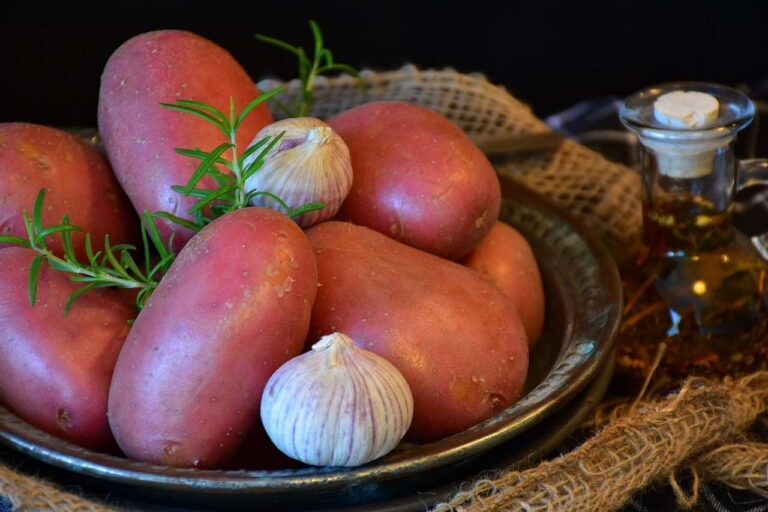When we talk about potatoes, many people probably think of delicious, crunchy potato chips or a tasty, creamy mashed potato. But, we hardly visualize what kind of potato we are talking about.
The potato is a tuber whose origin dates back approximately 8,000 years in the Andes Mountains (South America), on the border between Bolivia and Peru. There is no exact number of how many types of potato exist. They have managed to count about 4,000 varieties, each different in size, color and flavor.
Red potato
Unlike white and yellow potatoes, which are the most popular worldwide, the red potato does not fall apart when cooked and has a 90 to 95 % cooking yield. It also keeps best when refrigerated.
Likewise, experts in culinary arts point out that red potatoes have a floury texture and absorb flavors very well, which makes them ideal for preparing stews. Other qualities are that they do not blacken or oxidize and are easier to peel. It is highly recommended for cooked dishes, but not so much for fried ones.
The red potato has a lower amount of starch than the white potato, but has more sugar than the white potato. Red potatoes are rich in zinc, iron, copper and vitamin C, which favor the immune system and the regeneration of tissues affected by wounds.
The consumption of the reddish tuber favorably increases potassium in the body and helps to level blood pressure. It is also characterized by the amount of fiber it provides, lowering cholesterol levels in the blood.
Incentivizing production
Given the benefits of the red potato, the Instituto de Investigación Agropecuaria de Panamá (IDIAP) is encouraging its use in the community. For example, it has encouraged national producers to plant this variety of potato, which, according to the producers, is of better quality and flavor than the white version.



